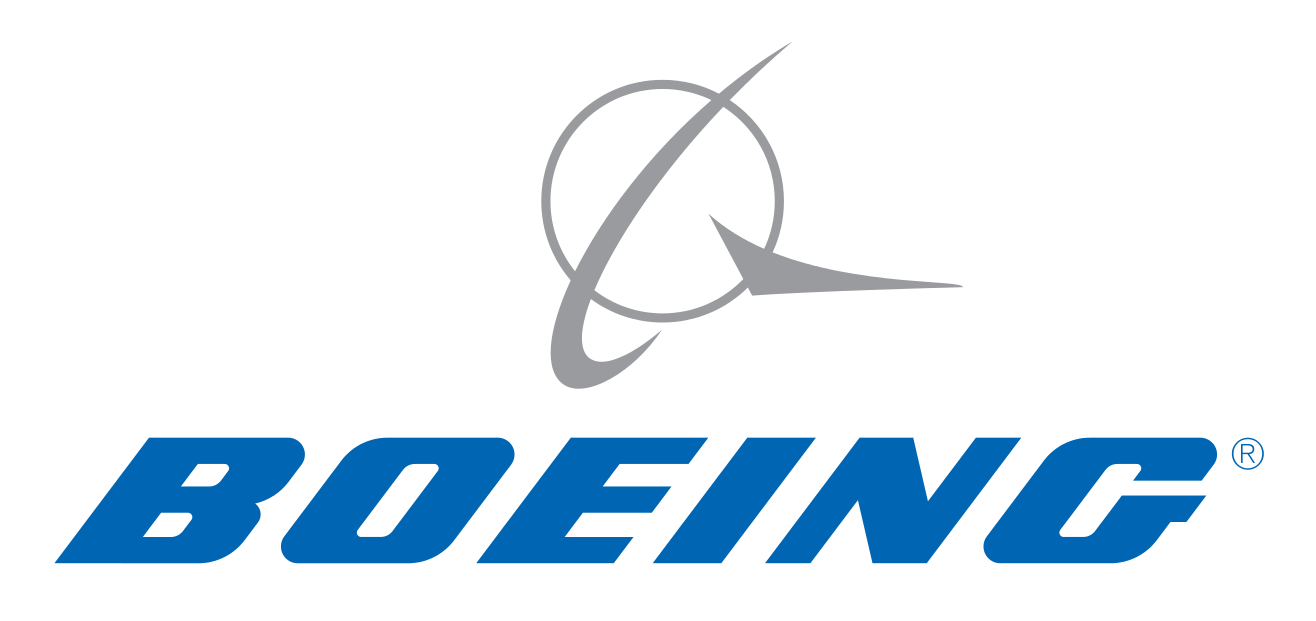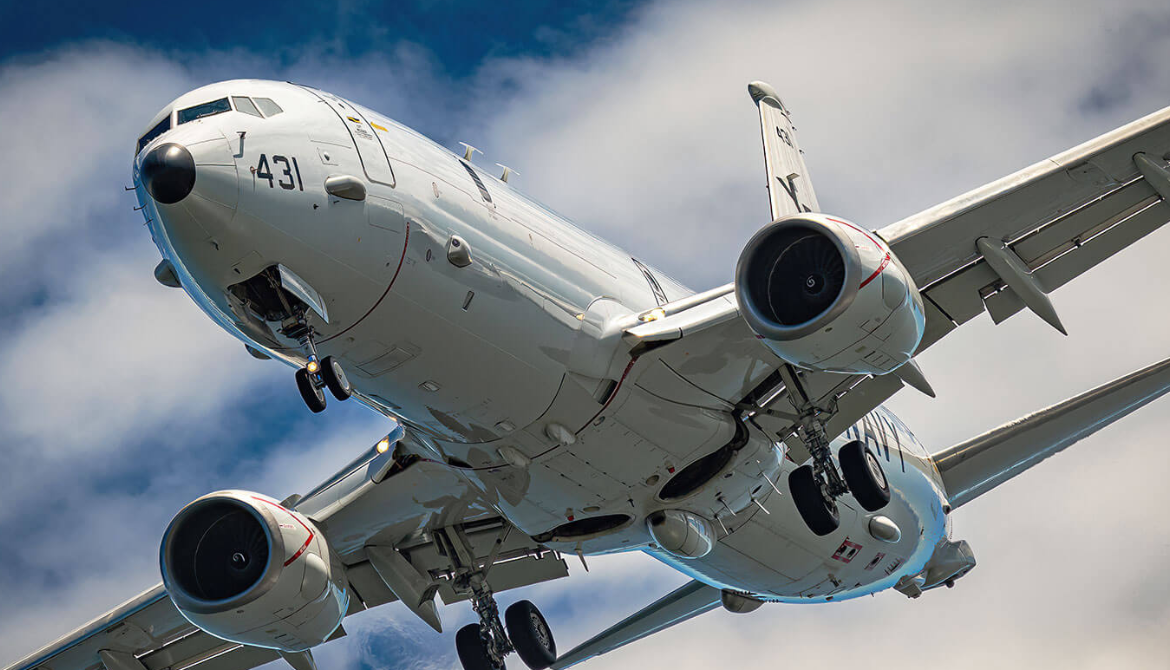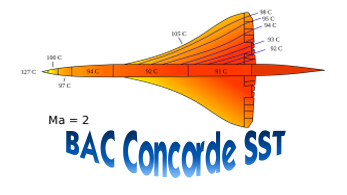Boeing Company
Boeing P-8 Poseidon
 |
|
| A U.S. Navy P-8 Poseidon | |
| Role | Maritime patrol aircraft |
|---|---|
| National origin | United States |
| Manufacturer | Boeing |
| First flight | 25 April 2009 |
| Introduction | November 2013 |
| Status | In service |
| Primary users | United States Navy |
| Produced | 2009–present |
| Number built | 178 as of March 2024 |
| Developed from | Boeing 737 Next Generation |
.
History Boeing Company multinational corporation
Boeing P-8 Poseidon Maritime patrol aircraf

The P-8 operates in anti-submarine warfare (ASW), anti-surface warfare (ASUW), and intelligence, surveillance and reconnaissance (ISR) roles. It is armed with torpedoes, Harpoon anti-ship missiles, and other weapons, can drop and monitor sonobuoys, and can operate in conjunction with other assets, including the Northrop Grumman MQ-4C Triton maritime surveillance unmanned aerial vehicle (UAV).
The P-8 is operated by the United States Navy, the Indian Navy, the Royal Australian Air Force, the United Kingdom's Royal Air Force, the Royal Norwegian Air Force and the Royal New Zealand Air Force. It has also been ordered by the Republic of Korea Navy, the German Navy and the Royal Canadian Air Force.
The Boeing P-8 Poseidon is an American maritime patrol and reconnaissance aircraft developed and produced by Boeing Defense, Space & Security, and derived from the civilian Boeing 737-800. It was developed for the United States Navy (USN)
Design phase and testing

-

The rollout of the P-8 on 30 July 2009 The P-8 is to replace the P-3. Initially, it was equipped with legacy systems with later upgrades to incorporate newer technology. The Government Accountability Office credited the incremental approach with keeping the project on schedule and on budget. The Naval Air Systems Command (NAVAIR) deleted the requirement for the P-8A to be equipped with magnetic anomaly detection (MAD) equipment as a weight reduction measure, improving endurance. A hydrocarbon sensor detects fuel vapors from diesel-powered submarines and ships.
The P-8's first flight was on 25 April 2009. The second and third P-8s had flown and were in flight testing in early August 2010. On 11 August 2010, low-rate production of the P-8 was approved. A P-8 released sonobuoys for the first time on 15 October 2010, dropping six in three separate low-altitude passes. In 2011, the ice detection system was found to be defective due to the use of counterfeit components; allegedly these parts were poorly refurbished and sold to subcontractor BAE Systems as new by a Chinese supplier.
Photo Gallery
Boeing Company corporation
Boeing P-8 Poseidon Maritime patrol aircraft


Boeing Company corporation
Boeing P-8 Poseidon Maritime patrol aircraft
General Info 1
-
-
- Crew: Flight: two; Mission: seven
- Capacity: 19,800 lb (9,000 kg)
- Length: 129 ft 5 in (39.47 m)
- Wingspan: 123 ft 6 in (37.64 m)
-
General Info 2
-
-
- Height: 42 ft 1 in (12.83 m)
- Empty weight:(62,730 kg)
- Max takeoff weight: (85,820 kg)
- Powerplant: 2 × CFM56-7B27A turbofans, 27,300 lbf thrust each
-
General Info 3
- Maximum speed: (907 km/h,)
- Cruise speed: 509 mph (815 km/h,)
- Combat range: 1,383 mi (2,225 km, 1,200 nmi) radius with 4 hours on station for anti-submarine warfare mission
- Ferry range: 5,200 mi (8,300 km, )
- Service ceiling:(12,500 m)
General Info 4
-
-
- Hardpoints: 11 total
- Internal bay with 5 hardpoints and 6 external hardpoints for a variety of conventional weapons,
-
.
Links to Youtube & Others
In April 2019, Boeing was reported to be in exploratory talks with various NATO allies to offer the P-8 as a NATO-shared interim solution to provide European allies with its capabilities until domestic capabilities could be secured by 2035
Boeing Company
Boeing P-8 Poseidon
In August 2012, it was reported that Boeing saw the United Kingdom as a market for the P-8
Youtube Link
The RAF has the service name Poseidon MRA Mk1. They are operated by No. 120 Squadron and No. 201 Squadron













